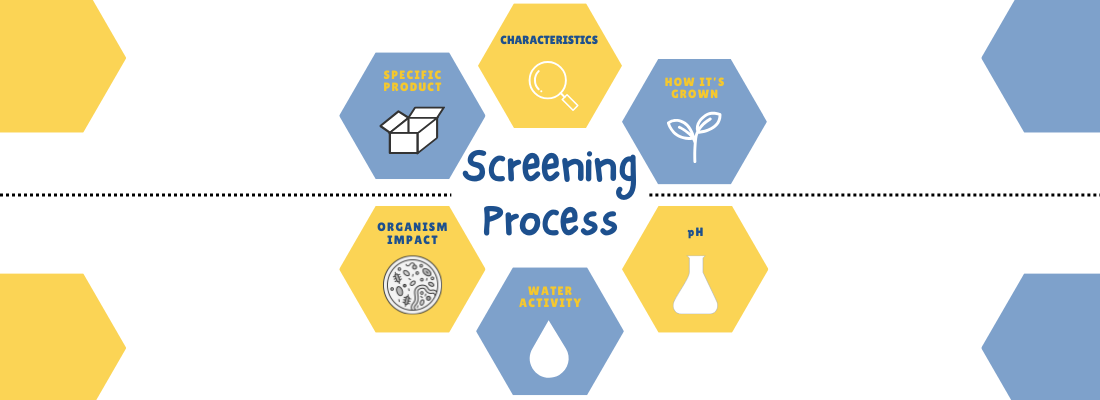The Importance of Microbiological Testing of Botanical Ingredients
Safety and quality are undeniably critical concerns pharmaceutical and nutraceutical industries to minimize and prevent recalls and negative consumer impacts like illness. In order to ensure that natural colors are never at the center of an illness or recall, one of Sensient’s robust screening protocols in our integrated safety Certasure™ program solely focuses on Microbiological Screening. This process has two goals: product safety and product quality. To guarantee both, the process screens for pathogens, toxins, and spoilage organisms, which pose higher risks in farm-grown botanically sourced ingredients than chemically synthesized certified FD&C colors. This blog is part of an ongoing series examining each of the five Certasure™ screening protocols.
THE MICROBIOLOGICAL SCREENING PROCESS
Why is this important?
The screening process is based on what can microbiologically grow on the raw botanical materials used for natural color solutions. Raw materials include botanical color sources as well as natural raw incidental ingredients like starches and gums. Given these ingredients all stem from botanicals in nature, greater testing is required since there are higher risk factors. Therefore, we conduct the following:
- Test all incoming raw materials for pathogens.
- Test all finished products for pathogens and spoilage organisms.
How do we decide screenings?

Our rigorous risk analysis determines what can, what could, and what’s likely to grow.
Sensient’s team of degreed microbiologists and on-site microbiology lab ensure that we’re able to achieve a robust risk analysis.
What do we test for?
At Sensient, we test in-house, but we also request micro testing from all of our vendors. Because testing should already have been completed and passed, we should never see a failure at our facility, but we double check when each shipment arrives.
The industry standard for microbiological testing includes screening for the following substances: TCP, mold, yeast, salmonella, Enterobacteriaceae (EB) bacteria, listeria, and microcystic.
Sensient conducts the outlined standard tests and analyzes overall risk to determine additional screening targets. All screening methods are provided by the EPA through either the FDA’s Bacteriological Analytical Manual (BAM) or the United States Pharmacopeia (USP).
Failures
If a raw botanical material does fail, Sensient rejects the batch and sends the shipment back to the vendor. Common ingredients that fail include: shellacs, starches, malts, gums.
All failures are returned to the respective vendors, who could in turn choose to put that product back on the market for other color suppliers to purchase. Unfortunately, we have seen instances of this type of remarketing.
This blog is part of an ongoing series sharing details about each of our robust screening processes.


